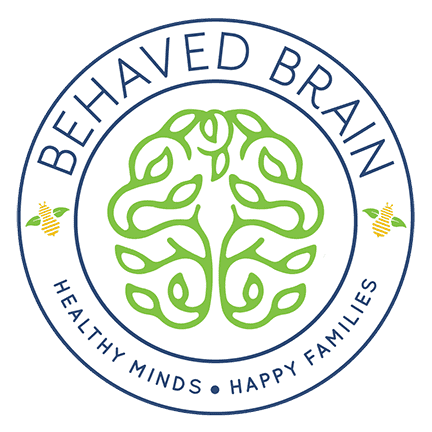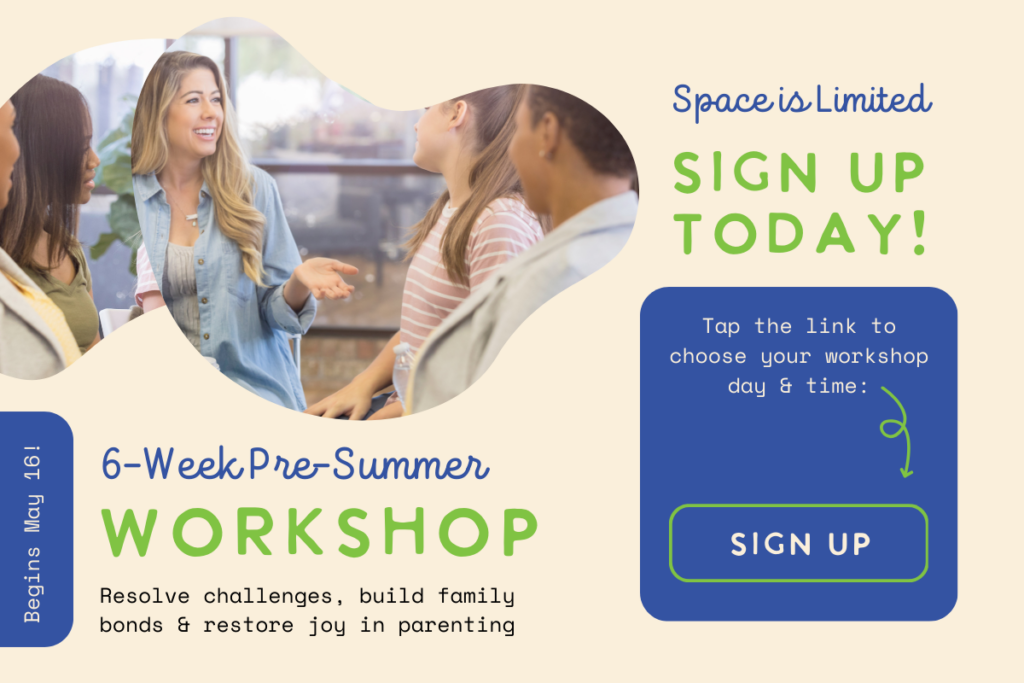Creating a Calm Down Corner
Imagine being about 3 feet tall (3 years old) and your little sister grabbed your truck you are playing with right out of your hands and runs away, saying, “my turn.” Your face gets hot, and every muscle in your body gets tense. Tears then begin to fill your eyes, your tummy is turning, and a scream is radiating out of your mouth. Your legs are stomping after your sister, ready to pounce and get that truck back. These are your body’s natural reactions in response to feelings of anger, frustration, and resentment. She took your toy that you had been so excited to play with that you were about to drive it over the bridge you worked so hard to build. Your brain recognizes this as “danger,” and you no longer have access to your logical thinking brain, and you are ready to fight!! Your brain’s wired for this: fight, flight, or freeze!
Emotions Are Not Easy
When a child is just learning to cope with feelings while experiencing the world and social interactions, developing brains are processing so much. Learning to identify, process, and logically contemplate feelings takes time, experience, and insightful thinking. When learning to cope with emotions, this does not come naturally to a three or four-year -old as they are negotiating the playroom, their peers, and trying to understand other people’s behaviors. Feelings can catch us off guard, which make children feel big and even unmanageable at times.
Emotions can be scary even to adults. No matter how old we are, they can feel pretty powerful and even feel like they are taking over our bodies. Frequently after an outburst, adults mention that they don’t even know where children’s found their reactive behaviors (such as yelling and aggression). At times, they don’t recognize themselves because our brains are hardwired to respond to danger and keep ourselves safe by accessing our amygdala (quick decision-making) and ignoring our prefrontal cortex (logical thinking). The only thing is that without coping skills, good sleep, healthy eating, good exercise, we might not respond to non-danger situations logically; our brains mistake situations as a time to fight.
Learning to Cope
Let’s go back to being a child and not having a fully developed brain (which will not happen until age 26) and experience the world that is full of moments of disappointment and confusing situations (like a sister taking your toy). Children do not understand emotions, feelings, and coping skills, which would help them in these moments, and it can be pretty overwhelming. The great thing is that we can help them! We can model coping skills as well as help them identify, label, and experience their feelings. It is possible to help set children up to navigate their experiences and feelings in healthy ways.
One way to do this is to make a “calm down corner,” which helps to support your child as they learn to experience their feelings while practicing different coping skills. Think about when you are feeling overwhelmed. It helps to step away from the situation, calm your body (with breathing and maybe music), and process ways to deal with the problem at hand. You are telling your brain: “there is no longer danger…I can logically process the situation.” This process is what a calm down corner supports for children.
How to Create a Calm Down Corner
It might be helpful to have it full of soft pillows for snuggling and different tools to help your child learn about feelings. One tool that can be helpful is a feelings chart or wheel. When emotions are big, verbalizing feelings can be challenging. It helps to have a picture to point to so they can tell you (and themselves) what they are feeling. It also helps them understand the difference between 2 feelings that can confuse our body (such as anger and sadness). Often someone might look angry, but the root of the problem is feelings of sadness.
When trying to identify what might help your child, think about what enables you to calm down—taking deep breaths? Maybe a pinwheel will help. Journaling? Perhaps a notebook and crayons will help. What have you noticed your child doing? Do they squeeze their hands together? Maybe squishy toys! When creating this space, please encourage your child to join in on identifying what helps them when they are feeling angry, sad, scared, or excited. Children benefit from having some control over rules, and this is a great spot to let them participate in setting up the rules, such as who is allowed to come here? How do we respect this space?
This space does not help your child stop being angry. However, it hopefully helps them find ways to cope with their body feeling aggressive. It’s to help them understand that emotions happen and give us information about our experiences. Emotions do not have to be scary or intimidating. When we know that feelings come and go and emotions are manageable, our brains are not quite ready to jump to fight or flight. As we help children accept their feelings and gain more agency over their reactions and bodies, they develop coping skills to help them into adulthood.

